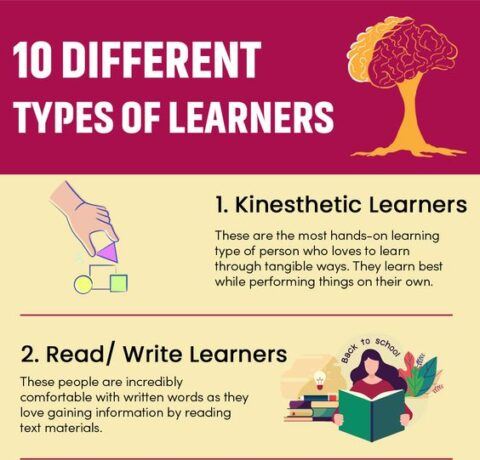Learning Techniques Which Are More Efficient Infographic
Regardless of whether out of habit or by conscious decision, we, as a whole, make utilization of different learning methods when we endeavor to store new data in our long-term memory. But not all study habits are made equivalent; some might be more efficient than others, particularly when you factor in the measure of the time it takes to actualize everyone. In a survey, many researchers have recently characterized ten learning techniques according to whether they provide high, moderate, or low utility, based on each technique's relative efficacy, convenience, and applicability appropriateness to a wide scope of learning circumstances.
Those techniques are:
1. High Utility
- Practice Tests: Using practice tests to review the information.
- Distributed Practice: Spreading out study sessions over time.
2. Moderate Utility
- Elaborative interrogation: Asking yourself "why" as you read.
- Self-Explanation: Generating reasons to explain new information.
- Interleaved Practice: Trying out different types of problems when you practice.
3. Low Utility
- Summarization: Briefing lengthy information.
- Keyword Mnemonics: Associating new words with similar sounding words.
- Visualizing: Generating mental images while you read.
- Highlighting & Underlining: Emphasizing key points in the text.
- Rereading: Reviewing information multiple times.







You can adjust your cookie preferences here.